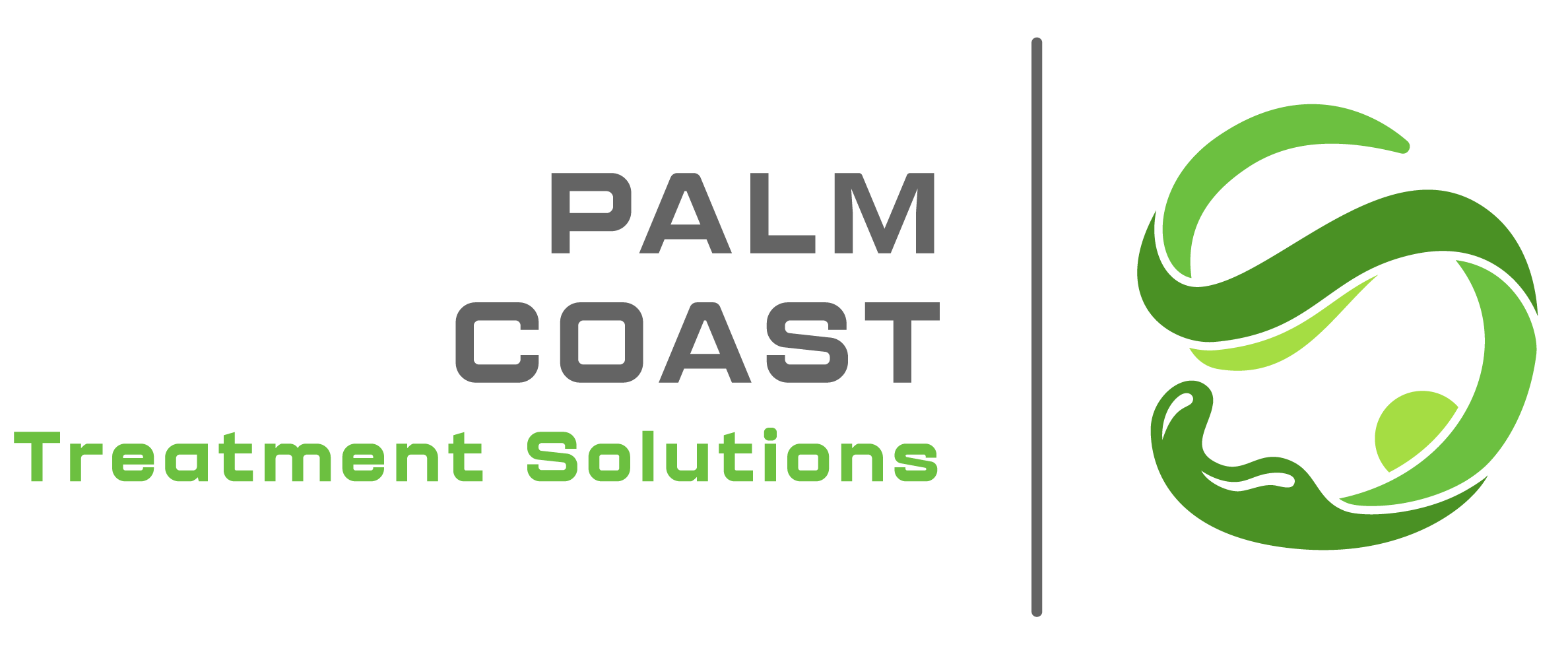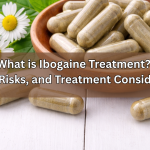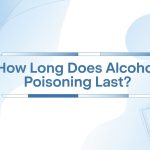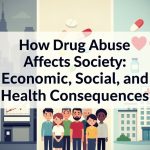In this blog, we’ll help you understand drug addiction, its causes, symptoms, and effects, and guide you through the process of choosing the right rehabilitation program. You’ll also learn what to look for in a facility, treatment options, and practical tips for long-term recovery.
If you’re searching for the right drug addiction rehab, you’re likely weighing time, cost, and effectiveness. The best rehab for you will align with your clinical needs (detox, dual diagnosis, medications), life realities (work, family, housing), and values (evidence-based care, ethics, transparency). Authoritative bodies like the American Society of Addiction Medicine (ASAM) emphasize matching care intensity to the individual, not the other way around. High-quality programs are licensed, accredited, use evidence-based therapies, and provide aftercare.
What is Drug Addiction
Drug addiction, clinically Substance Use Disorder (SUD) is a treatable, chronic condition marked by compulsive use, loss of control, and continued use despite harm. It reflects brain and behavior changes that can be stabilized and managed with the right mix of medical and psychological care (see National Institute on Drug Abuse).
Core features
- Cravings and impaired control over use
- Prioritizing substances over work, relationships, and health
- Tolerance and withdrawal
- High relapse risk without ongoing support
Drug Addiction Causes
Addiction rarely has a single cause. Most people experience an interplay of:
- Biology & genetics: Heritable risk plus sex-specific differences in vulnerability (National Institutes of Health).
- Environment: Access to substances, stress, trauma, peers, and advertising.
- Development: Earlier initiation increases the risk of chronic problems.
- Mental & physical health: Anxiety, depression, pain disorders, and sleep problems can fuel misuse.
Risk factors are not destiny. Protective factors (stable housing, supportive relationships, structured routines) lower risk and improve outcomes.
100% Confidential Support is Available 24/7
No matter what you’re going through, you’re not alone. Our dedicated team is here to provide a safe, judgment-free space where you can talk openly and honestly. Whether you need emotional support, resources, or just someone to listen.
We’re here for you—completely confidential and always respectful of your privacy. Call us today!
Drug Addiction Symptoms
Recognize patterns early to seek help sooner:
- Using larger amounts or longer than intended
- Unsuccessful efforts to cut down
- Significant time spent obtaining/using/recovering
- Cravings
- Role failures at work/home/school
- Social or recreational withdrawal
- Risky use (driving, mixing with other drugs)
- Tolerance and withdrawal symptoms

Contact Palm Coast Treatment Solutions
Battling with Drug and Alcohol Addition? Remember, you are not alone and we are here to help you!
Drug Addiction Effects
Unchecked substance use impacts the whole person:
- Medical: Overdose risk, heart and lung disease, liver/kidney damage, infections.
- Mental health: Anxiety, depression, sleep disturbance, suicidality.
- Cognitive: Attention, memory, and decision‑making changes.
- Social: Strained relationships, job or legal problems, financial stress.
- Safety: Increased accidents, high‑risk situations.
Overcome Addiction with Palm Coast Treatment Solutions.
Book an appointment.
How To Choose A Drug Rehab
Use this practical sequence to decide:
- Clarify needs. Substances used, duration, prior treatments, medical/psychiatric issues, housing safety, support network.
- Match the level of care (ASAM). Detox → inpatient/residential → partial hospitalization (PHP) → intensive outpatient (IOP) → outpatient → recovery supports.
- Verify quality. State license + independent accreditation (Joint Commission or CARF).
- Confirm evidence‑based care. CBT, DBT, medication‑assisted treatment (MAT), contingency management, motivational interviewing, relapse‑prevention, and family therapy.
- Check access & cost. Ask does insurance covers drug rehab and get written estimates.
- Evaluate aftercare. Alumni services, peer groups, outpatient step‑down, and recovery coaching.
Doctor’s quick screen to consider higher‑intensity care
Life‑threatening withdrawal risk, unstable housing, repeated relapses despite outpatient care, or serious psychiatric risks, consider inpatient/residential with medical detox.
Take the first step today with Palm Coast Treatment Solutions
What To Look For When Choosing A Rehab Facility?
Evidence & ethics first. Avoid places that promise quick cures or discourage FDA‑approved medications for opioid or alcohol disorders.
Essential features checklist
- State licensing; accreditation by The Joint Commission or CARF
- Access to medical detox and 24/7 nursing/medical coverage (as indicated)
- Multidisciplinary team: addiction medicine physician, nurse, licensed therapist, peer/recovery specialist
- Dual‑diagnosis capabilities (psychiatry, trauma‑informed care)
- Personalized plans with measurable goals and a weekly review
- Family involvement with consent
- Aftercare planning started at admission
- Transparent policies on urinalysis, technology, visitors, and patient rights
Red flags
- High‑pressure sales, gifts/travel offers, vague pricing, guaranteed cures, resistance to MAT, or refusal to share staff credentials.
Overcome Addiction with Palm Coast Treatment Solutions.
Book an appointment.
What is the Ideal Rehabilitation Option For Drug Addicts?
There’s no one “ideal” path for everyone. ASAM guidance supports the least restrictive, safe level of care that meets current needs and stepping up/down over time.
Typical pathways
- Medical detox (3–10 days): Stabilize withdrawal safely; begin medications and planning.
- Residential/Inpatient (2–12 weeks): 24/7 structure, therapies, MAT, skills. Best when the home environment is unsafe or the relapse risk is high.
- PHP/IOP (2–12+ weeks): Intensive therapy while living at home/sober housing.
- Outpatient & recovery supports (ongoing): Therapy, peer groups, medications, relapse‑prevention, vocational services.
Ideal = the program you can access, complete, and sustain with continuity of care after discharge.
What is The Most Successful Treatment For Drug Addiction?
Research supports combining behavioral therapies with medications when indicated:
- MAT (e.g., buprenorphine, methadone, naltrexone for opioid use disorder; naltrexone or acamprosate for alcohol use disorder) with counseling improves retention and reduces relapse (see Food and Drug Administration and National Institute on Drug Abuse).
- CBT, MI, and contingency management help change habits and reinforce progress.
- Family‑based approaches and recovery coaching strengthen social support—key for long‑term results.
Overcome Addiction with Palm Coast Treatment Solutions.
Book an appointment.
What Rehab has the Highest Success Rate?
No single rehab can ethically claim the universal “highest success rate.” Outcomes vary by patient mix, definitions of success, and follow‑up length. Look for programs that:
- Publish or share transparent outcomes (completion rates, 30/90‑day readmissions, 6–12‑month follow‑ups)
- Offer a full continuum of care and track post‑discharge engagement
- Use MAT where indicated and have robust family/aftercare components
Tip: Ask how they define success, what percentage complete treatment, and what proportion are engaged in recovery services at 6 and 12 months.
Drug Addiction Help
If you or someone you love is ready to explore treatment, start with a non‑judgmental assessment from a licensed clinician. Prepare basics: substances used, last use, medical/psychiatric history, medications, safety concerns, and insurance details. Ask about same‑day evaluations and step‑down plans from detox to outpatient.

Doctor’s Pro Tips
- Verify state licensing and independent accreditation.
- Ask how they measure outcomes and share data.
- Ensure access to MAT and psychiatry if needed.
- Plan aftercare at admission, not at discharge.
Involve trusted supports; recovery is a team sport.
About Palm Coast Treatment Solutions
At Palm Coast Treatment Solutions (PCTS), we provide compassionate, evidence‑based care for individuals struggling with substance use disorders. Our licensed and accredited programs focus on personalized treatment, medical support, and holistic recovery. With a dedicated team of professionals, we offer detox, inpatient, outpatient, and long‑term aftercare services to ensure continuity of healing. To learn more, visit our website or call us at (386) 284‑4151 today.
Key Takeaways
- Match level of care to needs; step up or down over time.
- Choose evidence‑based programs with MAT access and dual‑diagnosis care.
- Demand accreditation, transparency, and aftercare.
- No single program has the “highest success rate”; outcomes depend on fit and follow‑through.
FAQs About Drug Rehab
How long is drug rehab?
Most residential programs run 30–90 days, with step‑downs to PHP/IOP/outpatient extending several months. Length depends on medical needs, progress, support, and insurance approvals; longer engagement generally supports more durable recovery.
Does insurance cover drug rehab?
Many U.S. plans cover SUD treatment under mental health parity. Coverage varies by plan, network status, and medical necessity. Always verify deductibles, copays, prior authorizations, and medication coverage directly with your insurer and the facility.
How much does drug rehab cost in Florida?
Prices vary widely by level of care and amenities. As ballparks: outpatient $1,500–$5,000 per month; standard residential $5,000–$20,000 per month; medical detox adds to cost. Insurance can offset expenses. Request a written estimate.
How effective is rehab for drug addicts?
Effectiveness improves when care is evidence‑based, individualized, includes MAT when indicated, and continues after discharge. Like other chronic conditions, ongoing management and support are key to reducing relapse and improving quality of life.
How to evaluate a rehab facility?
Confirm licensing, Joint Commission/CARF accreditation, evidence‑based therapies, MAT access, dual‑diagnosis care, transparent pricing, outcomes tracking, and real aftercare. Beware high‑pressure sales, cure claims, or reluctance to share credentials.
References
- American Society of Addiction Medicine (ASAM) – ASAM Criteria & Clinical Guidance
- National Institute on Drug Abuse (NIDA) – Principles of Effective Treatment
- National Institutes of Health – Substance Use Disorder: Science of Addiction
- Food and Drug Administration – Medications for Substance Use Disorders
- The Joint Commission – Quality & Safety Accreditation
- Commission on Accreditation of Rehabilitation Facilities (CARF) – Behavioral Health Accreditation
- National Association of Addiction Treatment Providers (NAATP) – Provider Ethics & Directory
- Shatterproof ATLAS – Find and Compare Quality Addiction Treatment


















